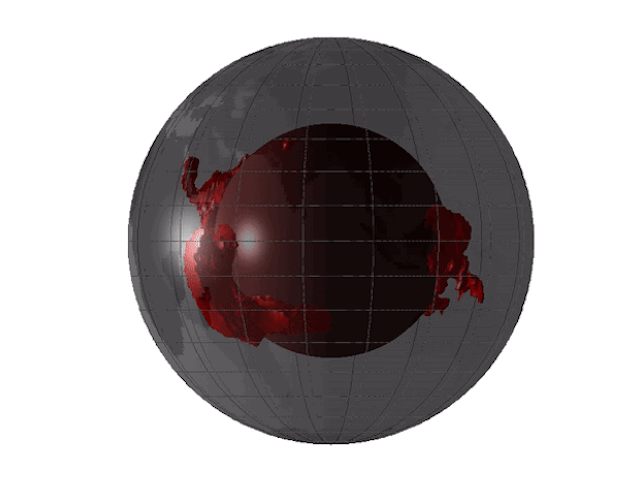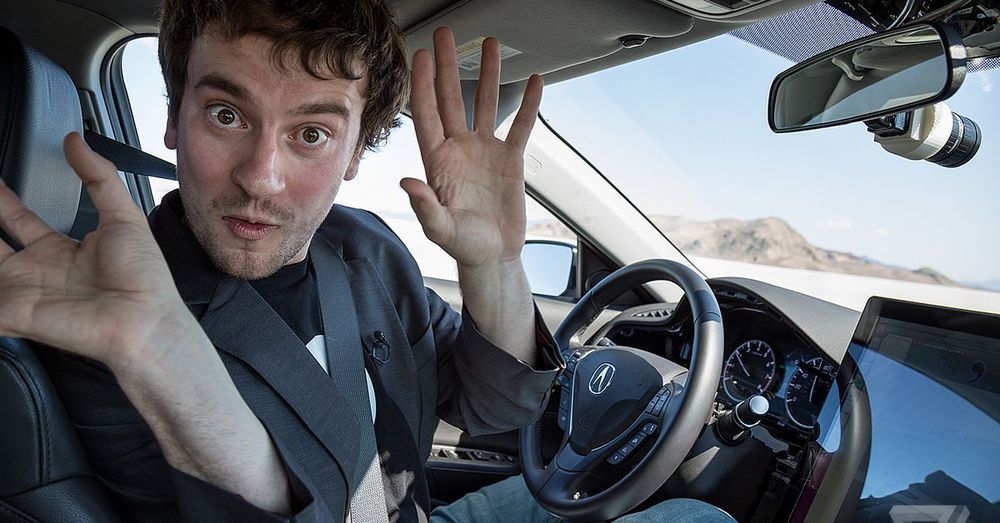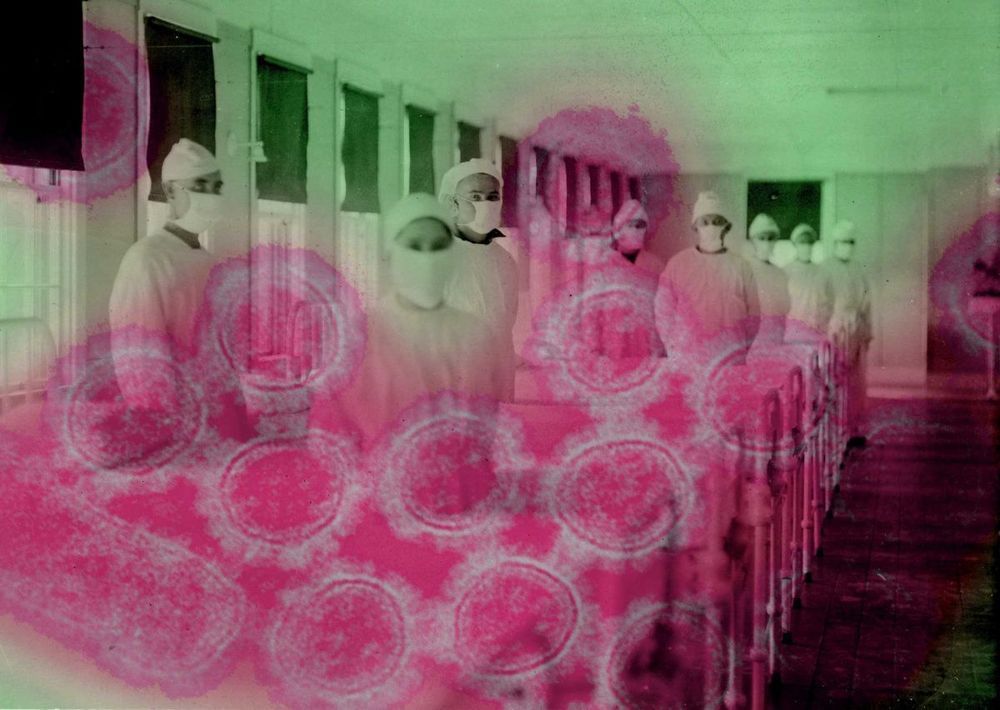The state of the immune system is an important determinant of aging. With age, immune function both declines in effectiveness and becomes inflammatory. Chronic inflammation accelerates the progression of all of the common age-related diseases. It disrupts tissue maintenance and regeneration, to pick one of many examples. It is likely that a sizable component of variation in aging arises from the differences between individuals in the degree to which the immune system has become damaged and dysfunctional.
Some of this immune aging is a matter of the burden of exposure to more rather than fewer pathogens over a lifetime: persistent infections in particular, such as cytomegalovirus and other herpesviruses, appear to drive immune aging. Some immune aging stems from the atrophy of the thymus, the organ responsible for maturation of T cells. A lesser volume of active thymic tissue means fewer new T cells to take up an effective defense of the body. Some immune aging is due to failure of barriers in the gut, allowing gut bacteria to trigger inflammatory activity. Some immune aging arises from cellular senescence among immune cells, turning them into harmful centers of inflammatory signaling. All of these issues have potential solutions, but, as in all matters related to aging, far too little funding and attention are given to the relevant development programs.








